Содержание
- 2. Introduction to Genetics and Genes Genetics: the study of the inheritance (heredity) of living things Transmission
- 3. Microbial Genetics
- 4. The Nature of the Genetic Material Must be able to self-replicate Must be accurately duplicated and
- 5. The Levels of Structure and Function of the Genome Genome Chromosome Gene
- 6. Genome The sum total of genetic material of a cell Mostly in chromosomes Can appear in
- 8. Chromosome A discrete cellular structure composed of a neatly packed DNA molecule Eukaryotic chromosomes DNA molecule
- 9. Gene A certain segment of DNA that contains the necessary code to make a protein or
- 10. The Size and Packaging of Genomes Vary greatly in size Smallest viruses- 4 or 5 genes
- 12. The DNA Code: A Simple Yet Profound Message 1953: James Watson and Francis Crick Discovered DNA
- 13. General Structure of DNA Basic unit: nucleotide Phosphate Deoxyribose sugar Nitrogenous base
- 14. Nucleotides Covalently bond to form a sugar-phosphate linkage- the backbone of each strand Each sugar attaches
- 15. Nitrogenous Bases Purines and pyrimidines Attach by covalent bonds at the 1’ position of the sugar
- 16. Antiparallel Arrangment One side of the helix runs in the opposite direction of the other- antiparallel
- 18. The Significance of DNA Structure Arrangement of nitrogenous bases Maintains the code during reproduction (conservative replication
- 19. Figure 9.5
- 20. DNA Replication: Preserving the Code and Passing it On The process of the genetic code duplicated
- 21. The Overall Replication Process Requires the actions of 30 different enzymes Separate the strands Copy its
- 23. Semiconservative Replication Each daughter molecule is identical to the parent in composition, but only one strand
- 24. Refinements and Details of Replication Origin of replication Short sequence Rich in A and T Held
- 25. DNA Polymerase III Synthesizes a new daughter strand using the parental strand as a template The
- 27. Elongation and Termination of the Daughter Molecules As replication proceeds, the newly produced double strand loops
- 29. Occasionally an incorrect base is added to the growing chain Most are corrected If not corrected,
- 30. 9.2 Applications of the DNA Code: Transcription and Translation Central dogma Genetic information flows from DNA
- 32. The Gene-Protein Connection The Triplet Code and the Relationship to Proteins Three consecutive bases on the
- 34. The Major Participants in Transcription and Translation Number of components participate, but most prominent: mRNA tRNA
- 36. Messenger RNA: Carrying DNA’s Message A transcript of a structural gene or genes in the DNA
- 37. Transfer RNA: The Key to Translation Also a copy of a specific region of DNA It
- 38. Transfer RNA: The Key to Translation cont. Bottom loop of the cloverleaf exposes a triplet (the
- 40. The Ribosome: A Mobile Molecular Factory for Translation The prokaryotic (70S) ribosome composed of tightly packed
- 41. Transcription: The First Stage of Gene Expression Figure 9.11
- 42. Translation: The Second Stage of Gene Expression All of the elements needed to synthesize a protein
- 43. Figure 9.12
- 44. Initiation of Translation mRNA molecule leaves DNA transcription site Is transported to ribosomes in the cytoplasm
- 45. The small subunit binds to the 5’ end of the mRNA Large subunit supplies enzymes for
- 46. The Master Genetic Code: The Message in Messenger RNA The mRNA codons and the amino acids
- 49. The Beginning of Protein Synthesis Figure 9.15
- 50. The Termination of Protein Synthesis Brought about by the presence of a termination codon: UAA, UAG,
- 51. Modifications to Proteins Before it is released from the ribosome it starts to fold upon itself
- 52. Transcription and Translation is Efficient (Polyribosomes)
- 53. Eukaryotic Transcription and Translation: Similar Yet Different Start codon is also AUG, but it codes for
- 54. Most eukaryotic genes do not exist as an uninterrupted series of triplets coding for a protein
- 55. Most eukaryotic genes do not exist as an uninterrupted series of triplets coding for a protein
- 56. Figure 9.17
- 57. The Genetics of Animal Viruses Diverse Some- nucleic acid is linear; others, circular Most exist in
- 58. 9.3 Genetic Regulation of Protein Synthesis and Metabolism Control mechanisms ensure that genes are active only
- 59. The Lactose Operon: A Model for Inducible Gene Regulation in Bacteria Best understood cell system for
- 60. Figure 9.18
- 61. A Repressible Operon Normally the operon is in the “on” mode and will be turned “off”
- 62. Figure 9.19
- 63. Antibiotics that Affect Transcription and Translation Some infection therapy is based on the concept that certain
- 64. Mutations: Changes in the Genetic Code Genetic change is the driving force of evolution Mutation: when
- 66. Causes of Mutations Spontaneous mutation: random change in the DNA arising from errors in replication Induced
- 68. Categories of Mutations Point mutations: involve addition, deletion, or substitution of single bases Missense mutation: any
- 69. Categories of Mutations cont. Frame shift mutations: mutations that occur when one or more bases are
- 71. Repair of Mutations Most ordinary DNA damage is resolved by enzymatic systems specialized for finding and
- 73. The Ames Test Rapid screening system Detects chemicals with carcinogenic potential Any chemical capable of mutating
- 74. Figure 9.22
- 75. Positive and Negative Effects of Mutations Mutations are permanent and inheritable Most are harmful but some
- 76. DNA Recombination Events Recombination: when one organism donates DNA to another organism The end result is
- 77. Transmission of Genetic Material in Bacteria Usually involves small pieces of DNA (plasmids or chromosomal fragments)
- 79. Conjugation: Bacterial “Sex”
- 80. Biomedical Importance of Conjugation Resistance (R) plasmids, or factors- bear genes for resisting antibiotics Can confer
- 81. Transformation: Capturing DNA from Solution
- 82. Griffith demonstrated that DNA released from a killed cell can be acquired by a live cell
- 83. Transduction: The Case of the Piggyback DNA
- 85. Transposons: “This Gene is Jumpin”
- 87. Скачать презентацию



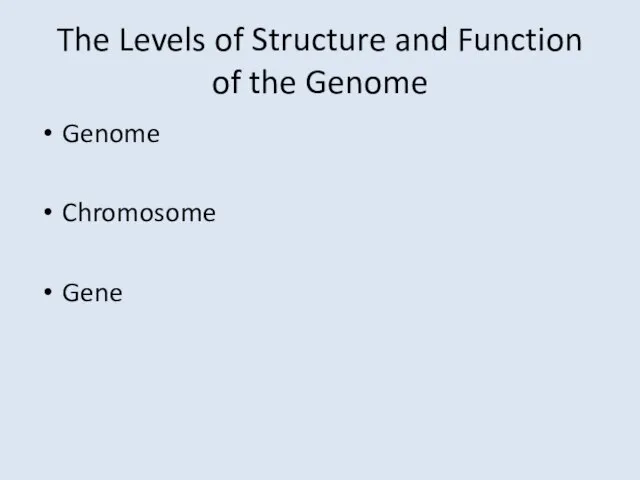
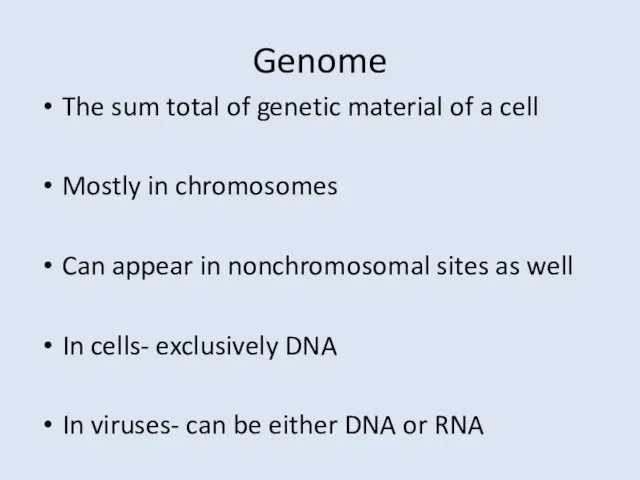
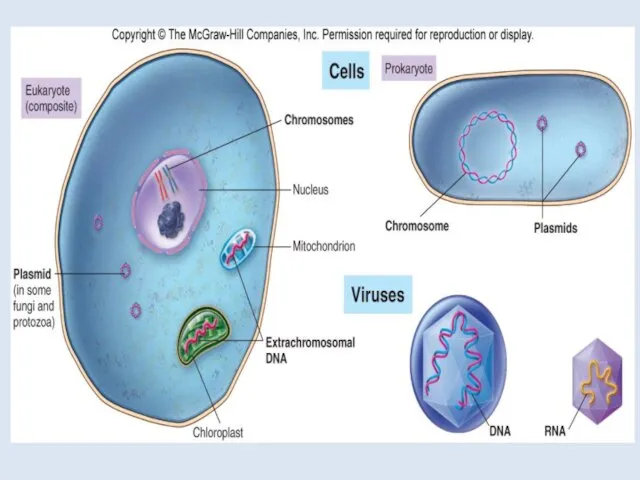
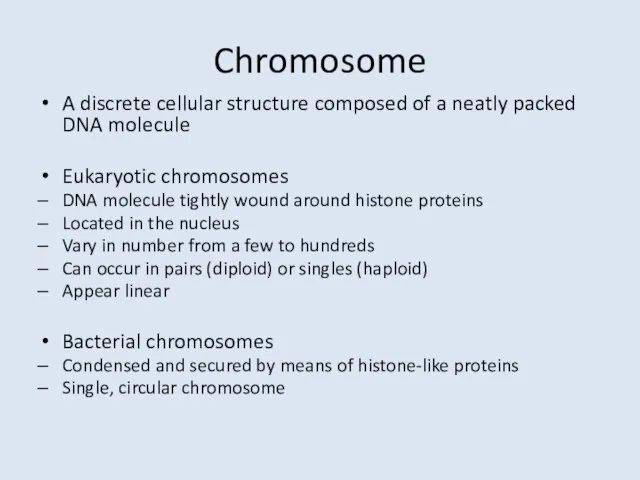
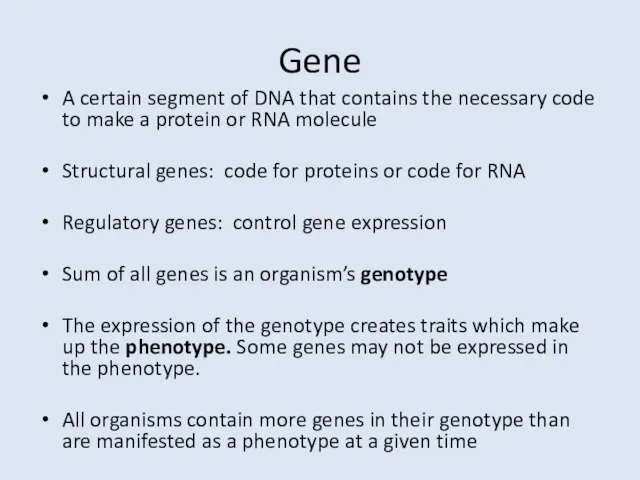
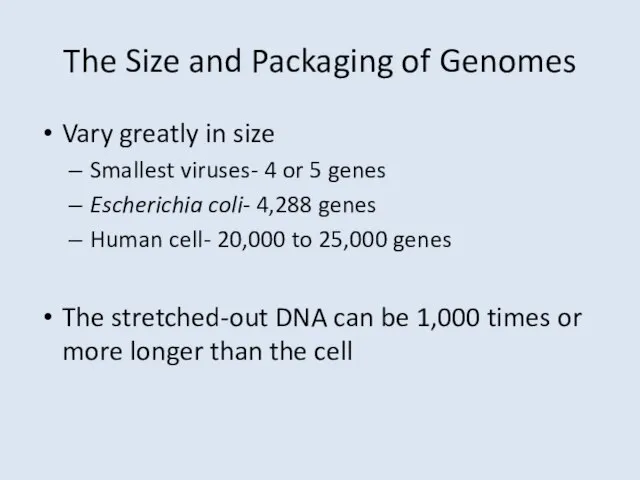
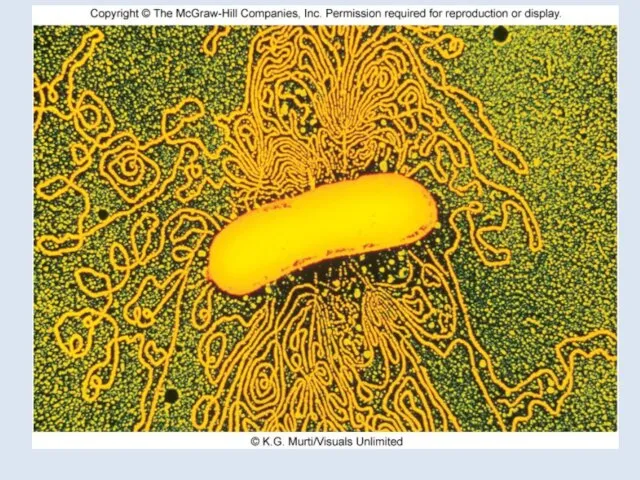
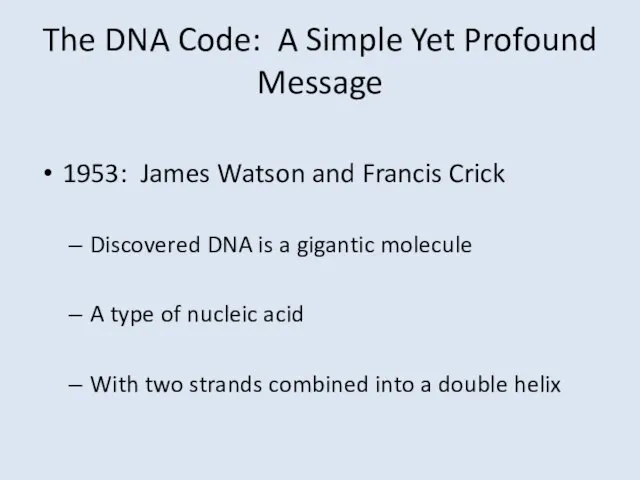
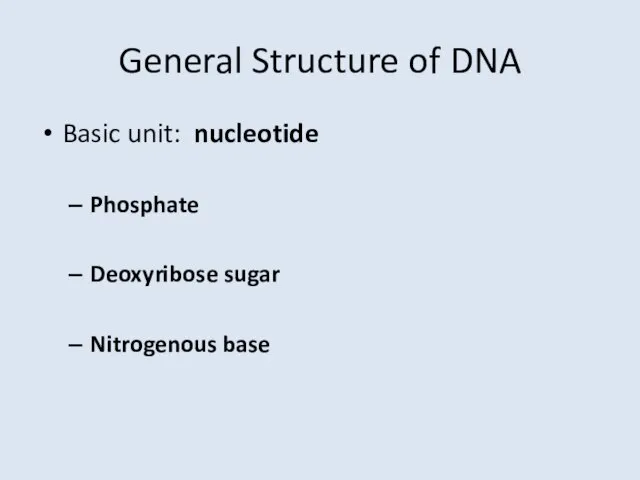
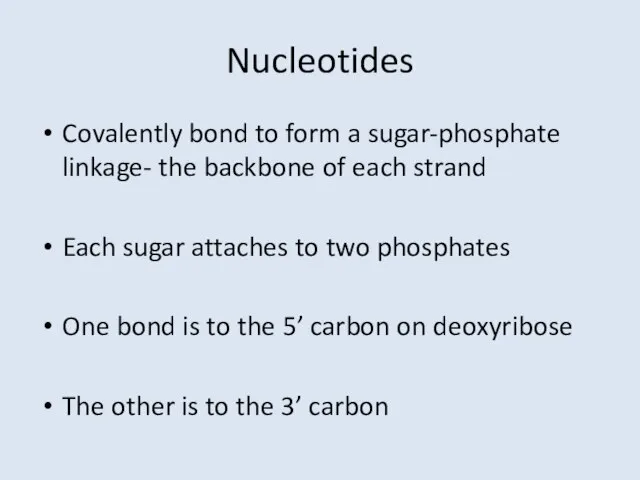
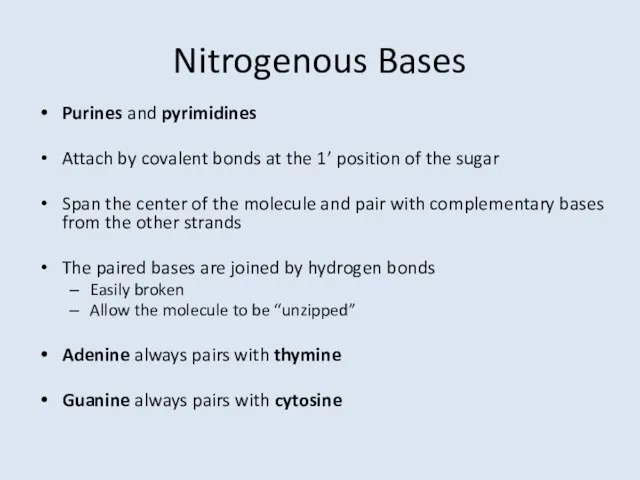
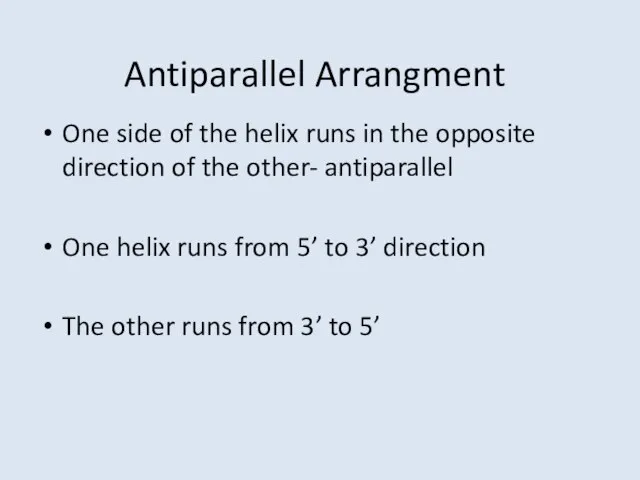
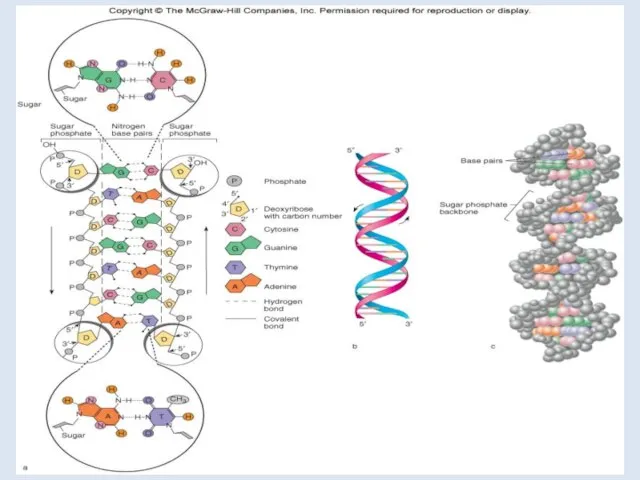
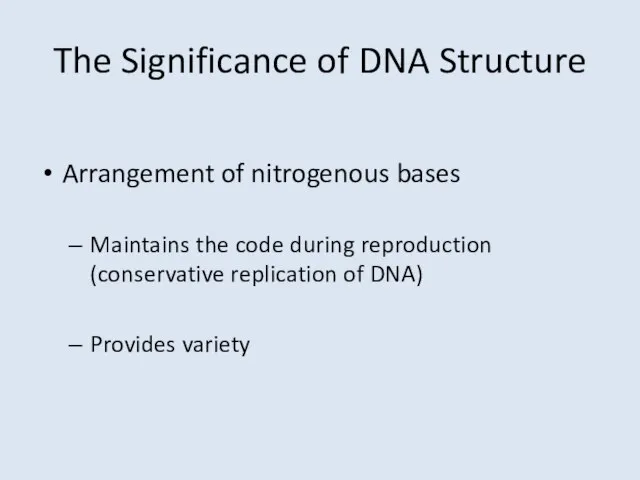
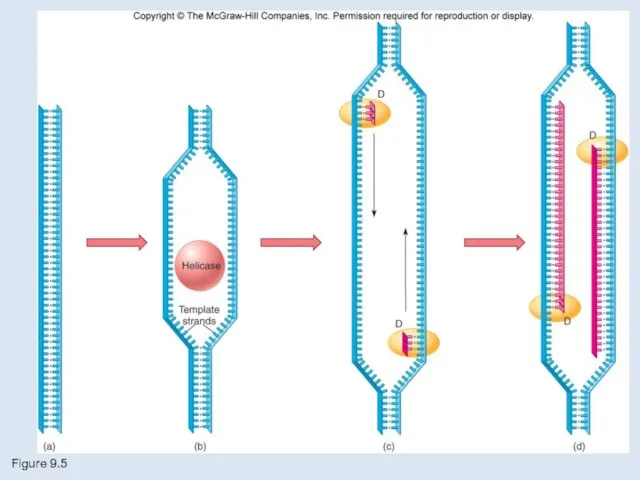
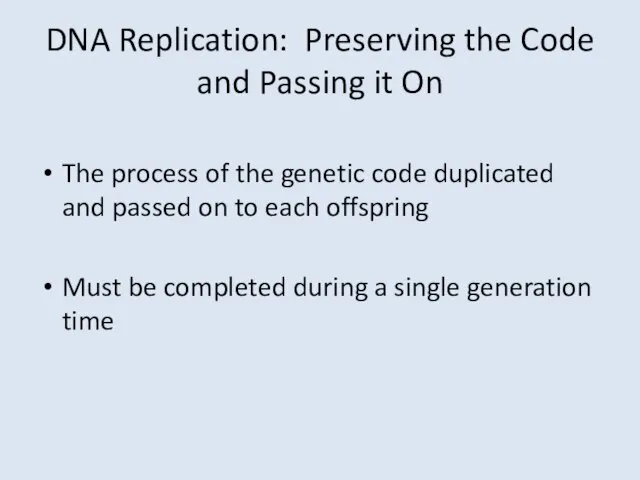
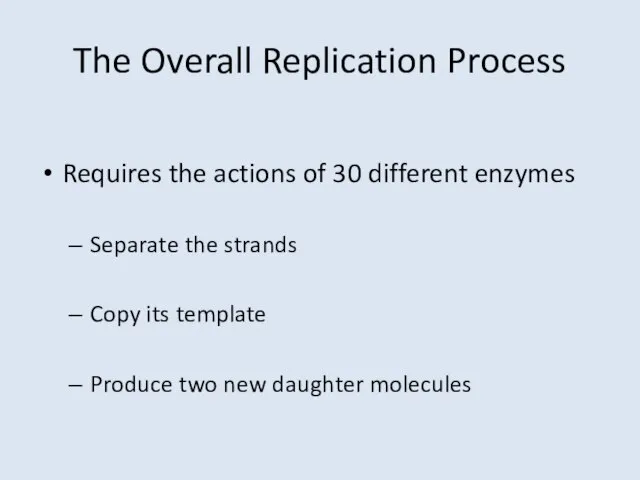

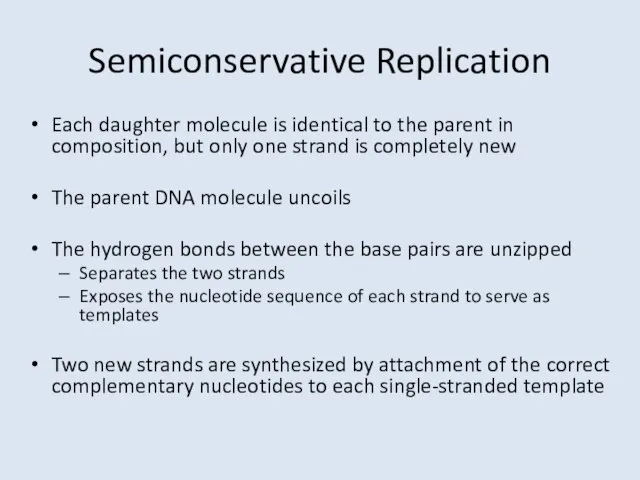
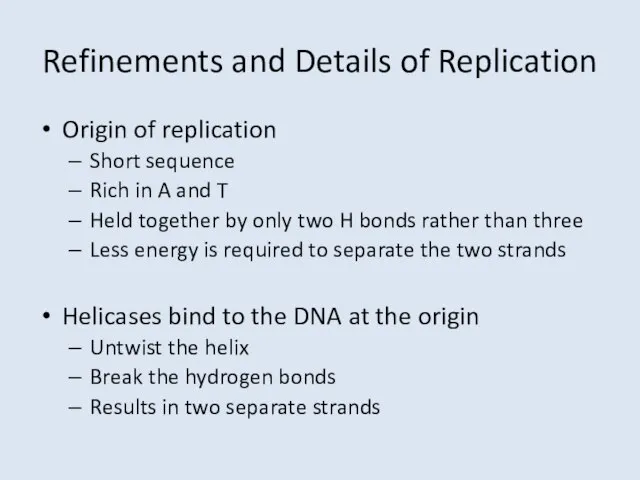
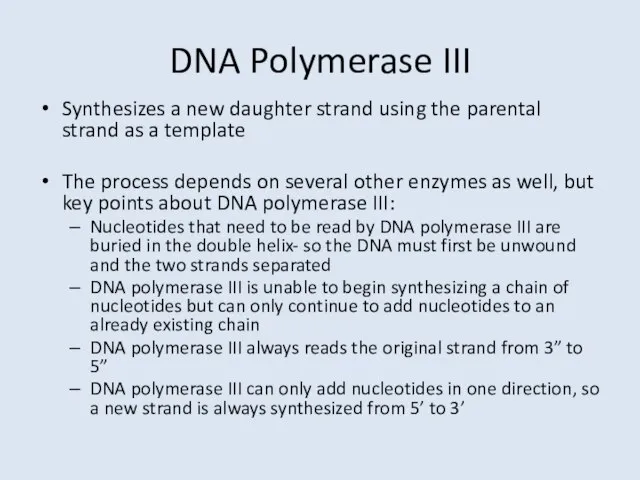
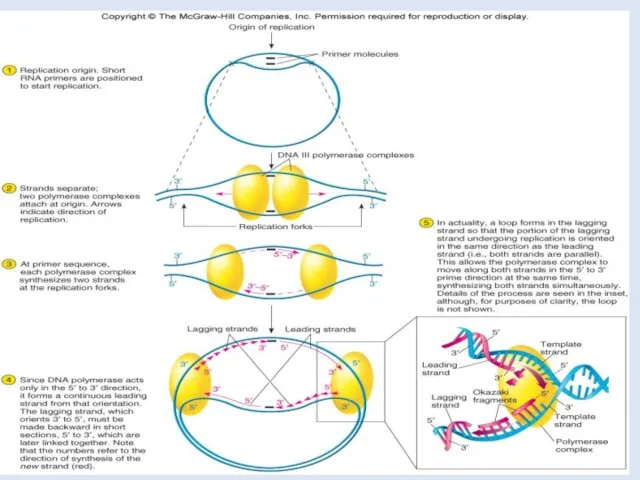
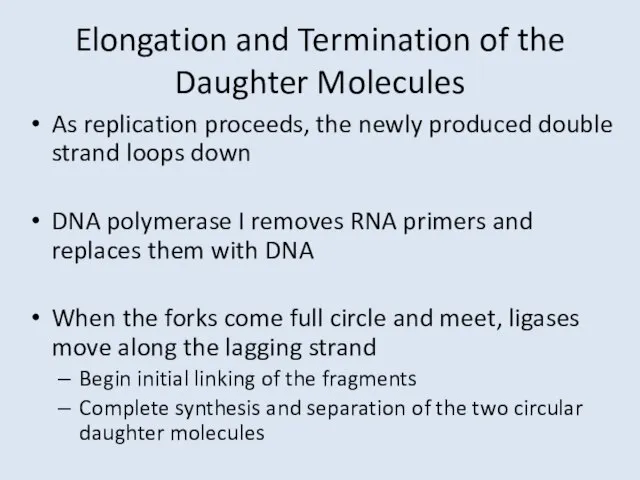
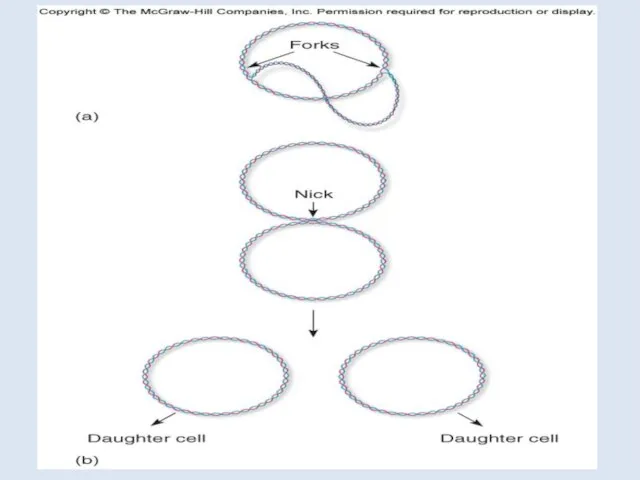
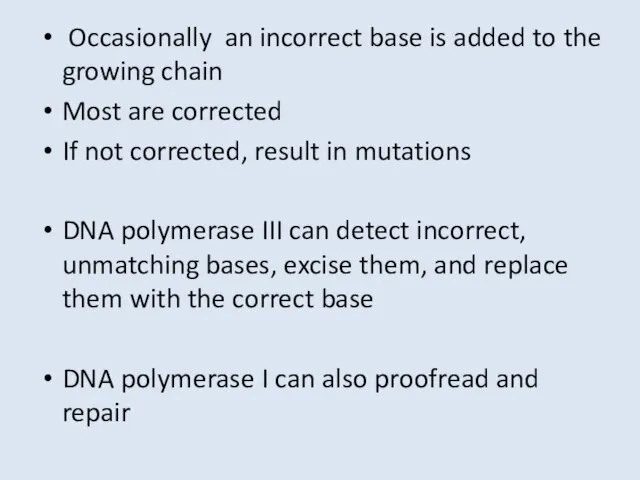
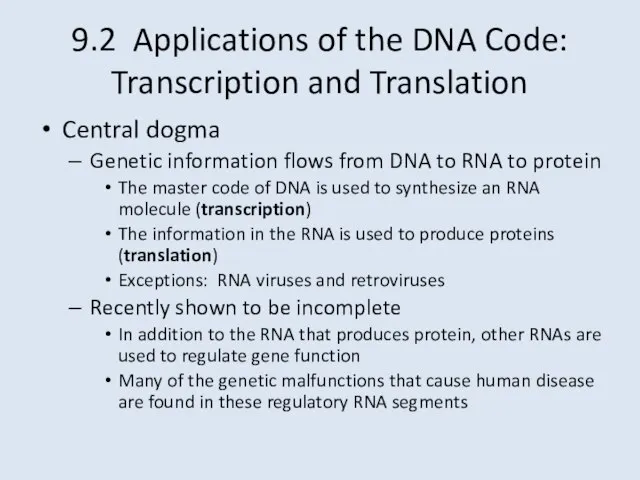
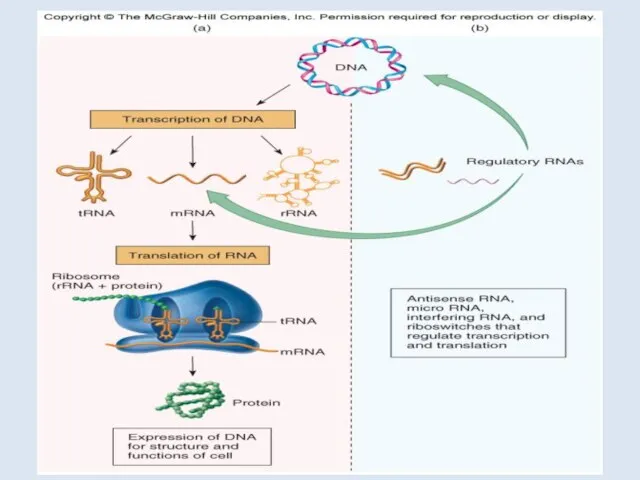
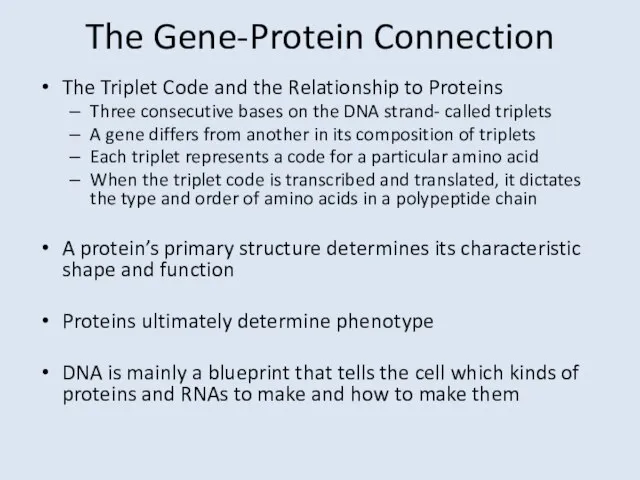
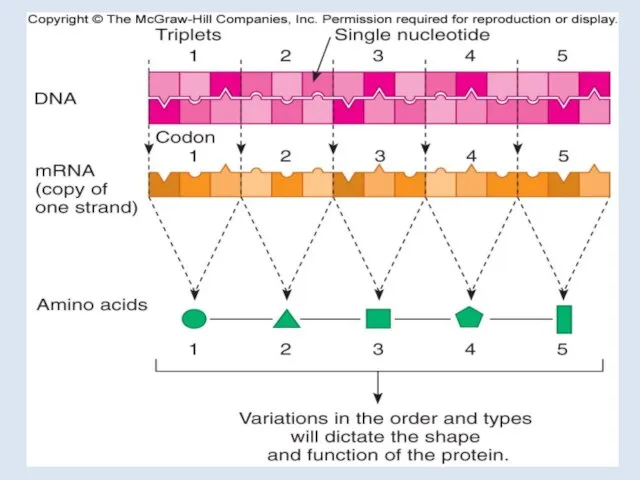
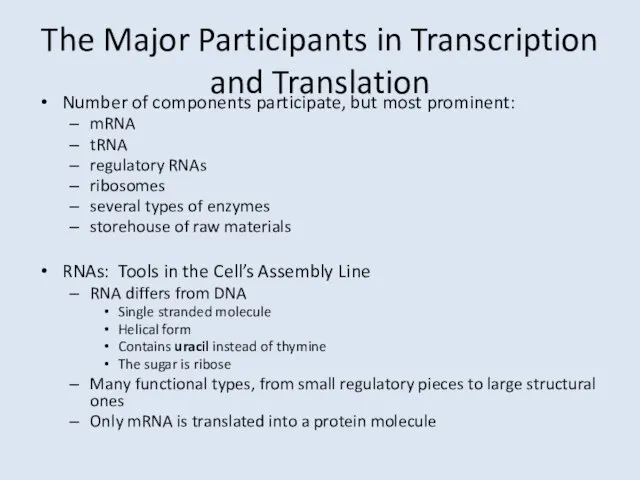
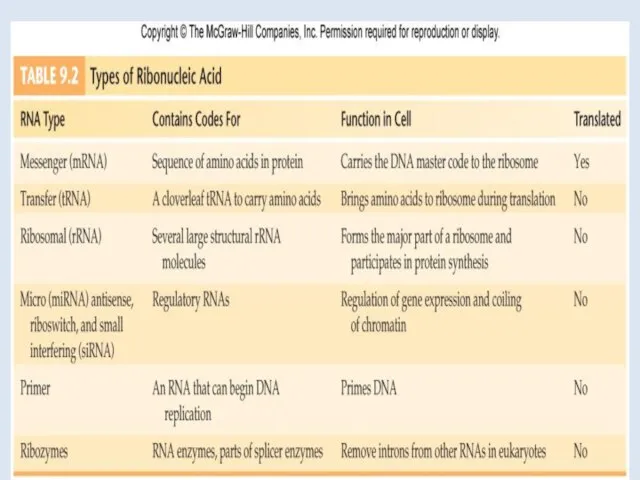
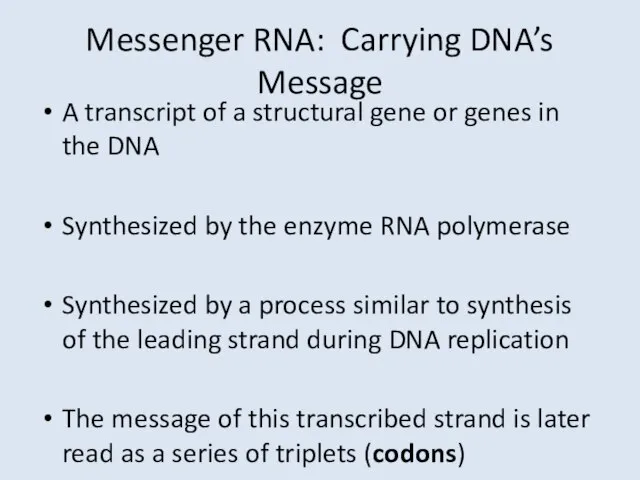
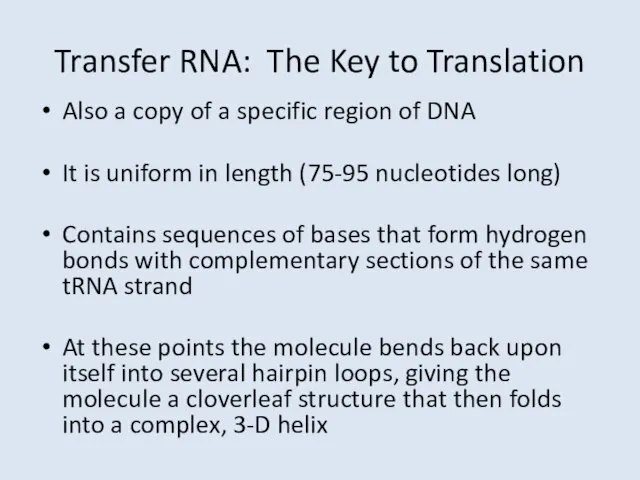
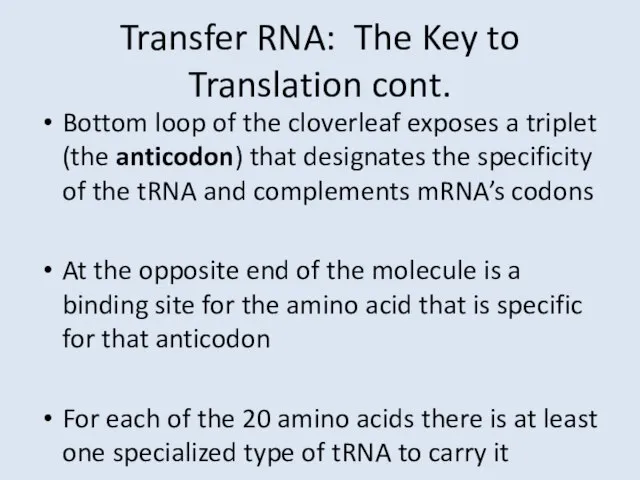
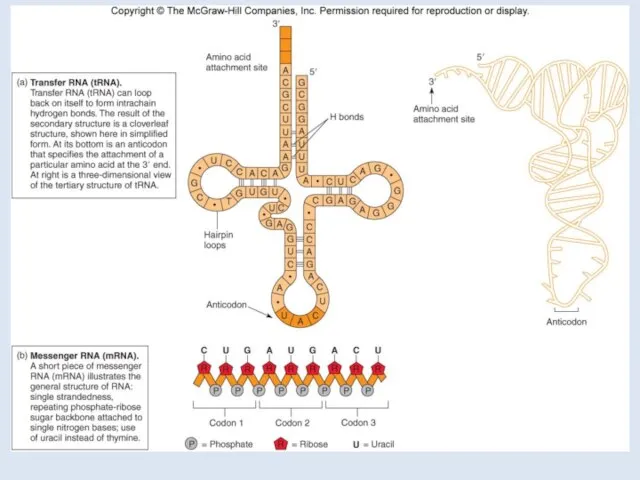
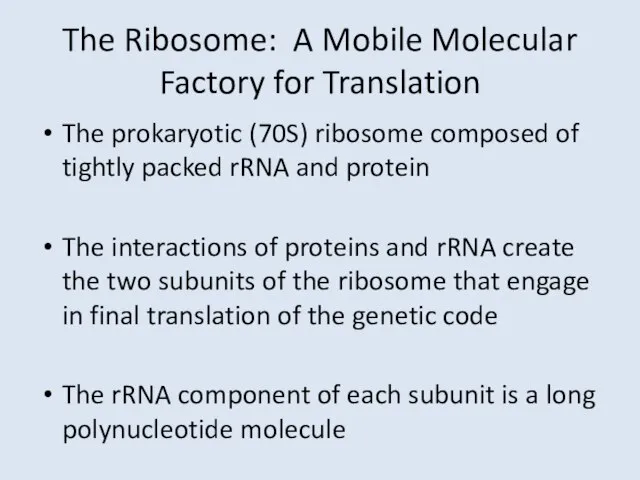
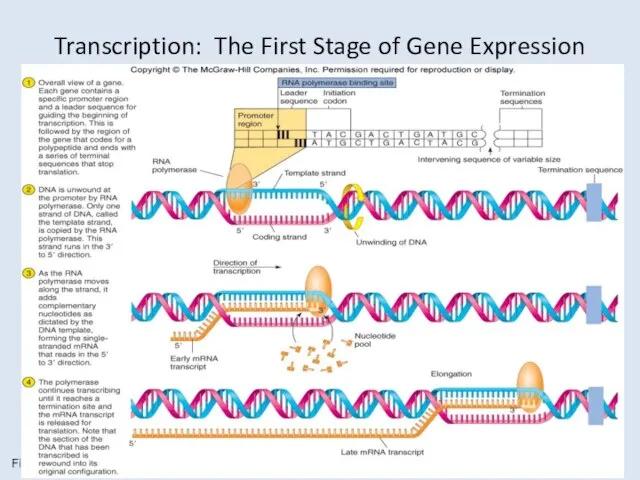
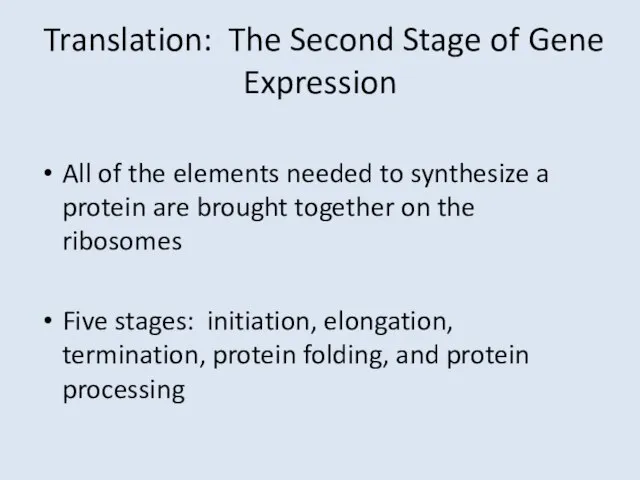
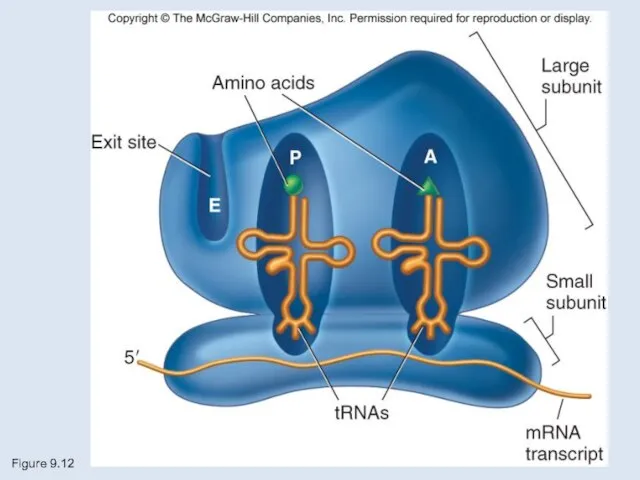
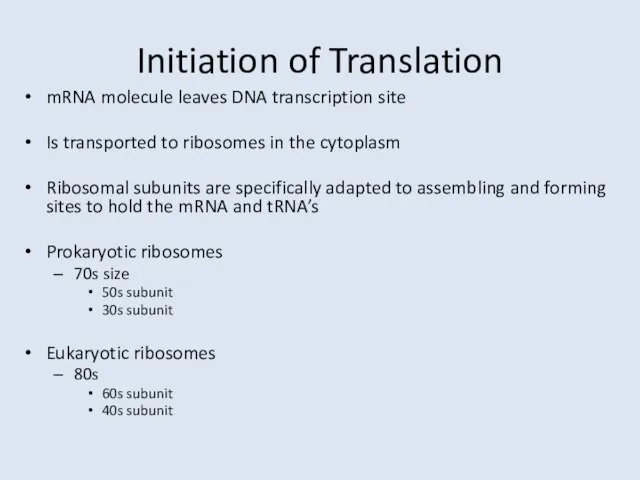
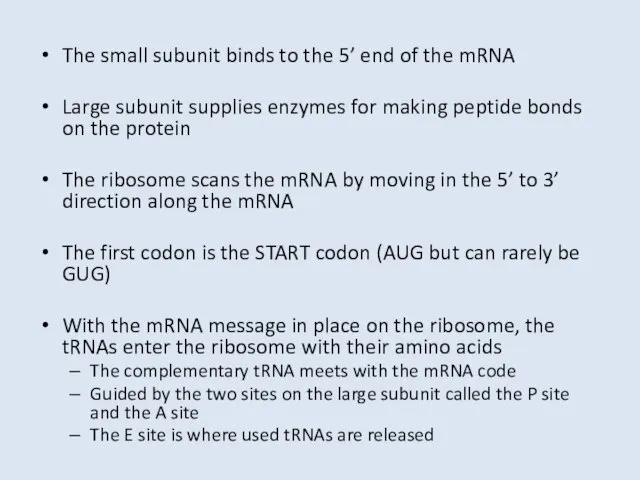
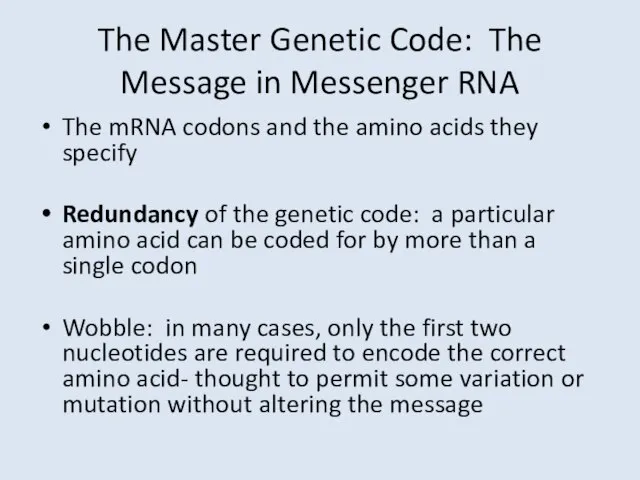
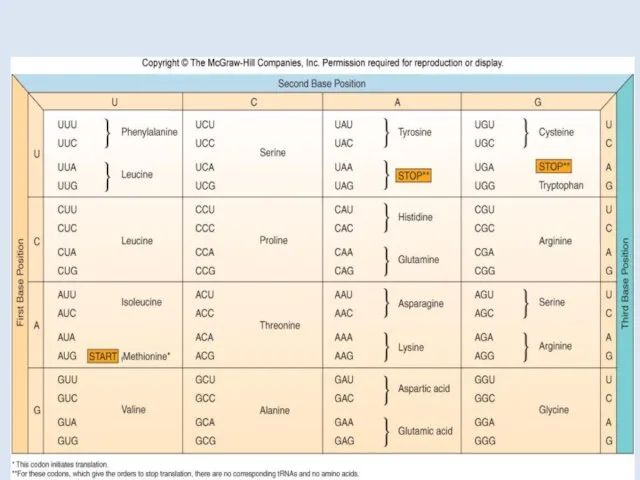
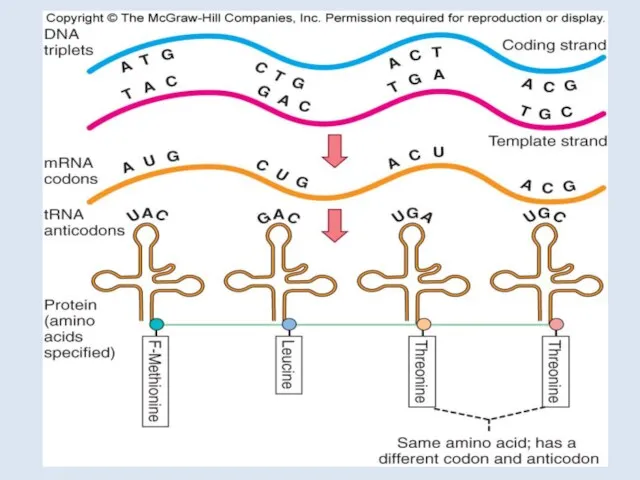
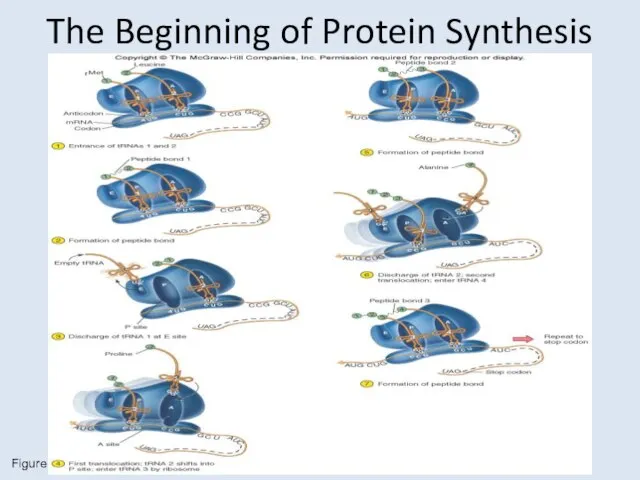
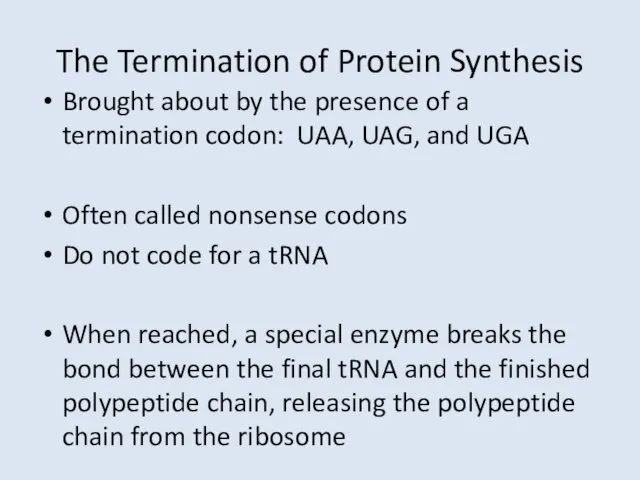
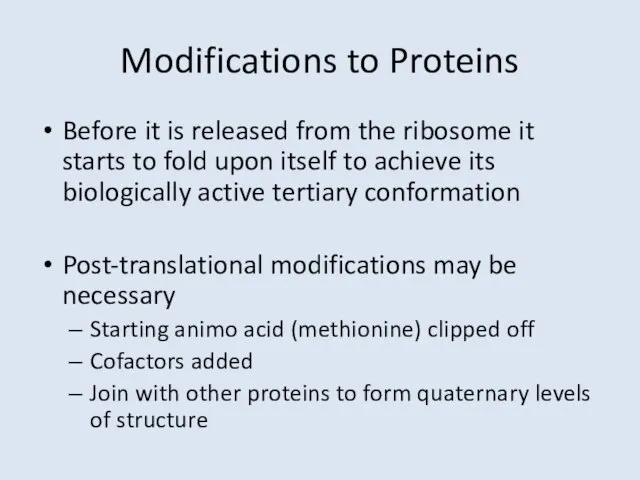
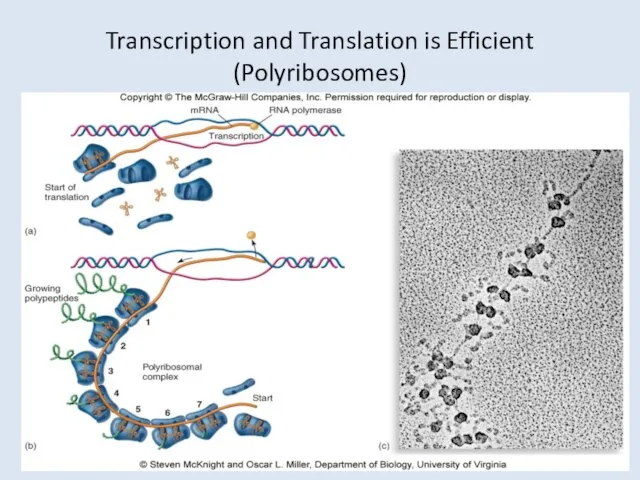
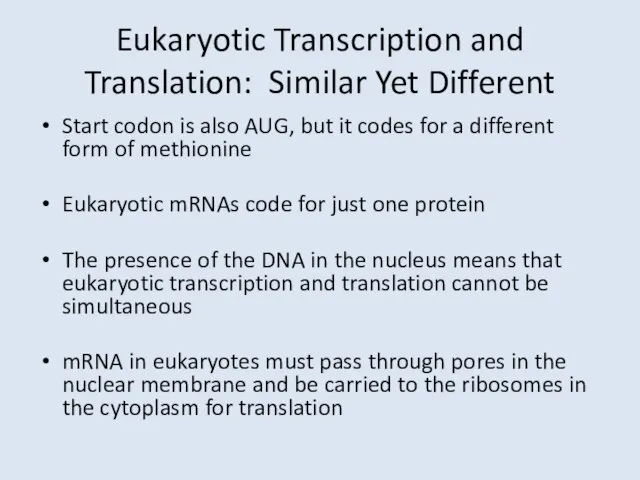
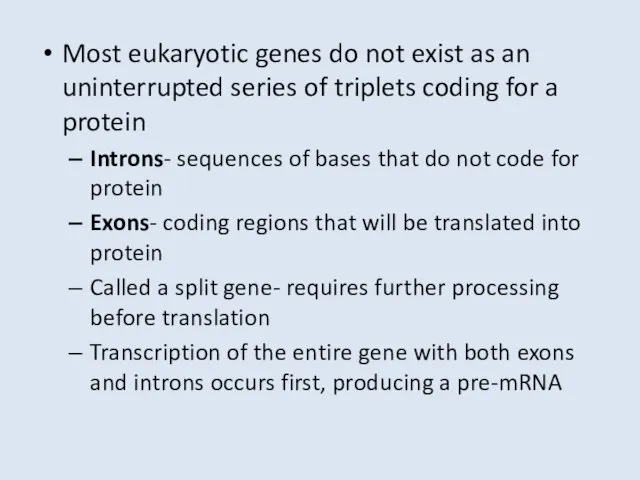
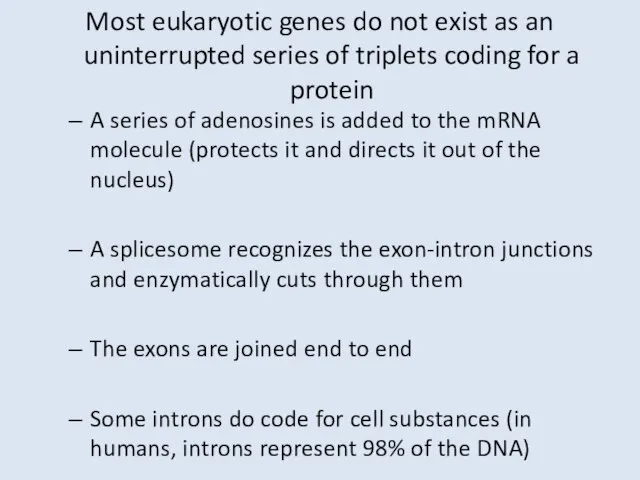
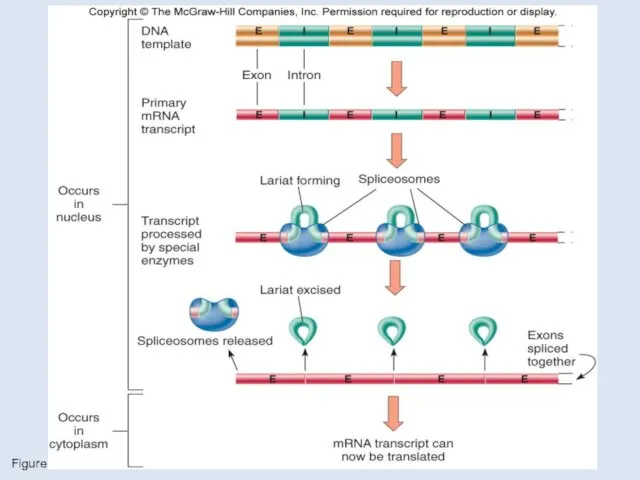
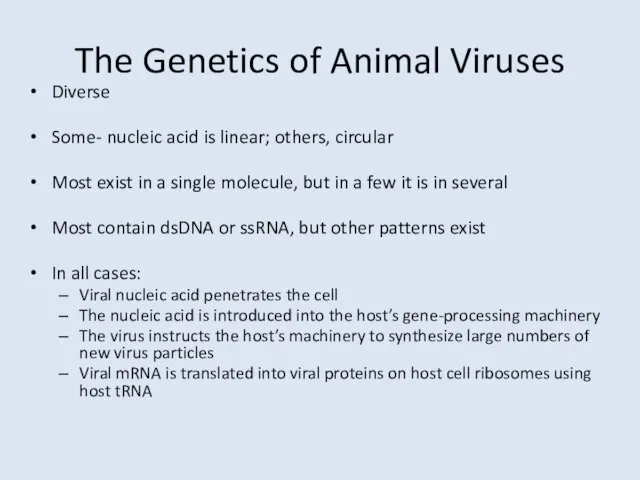
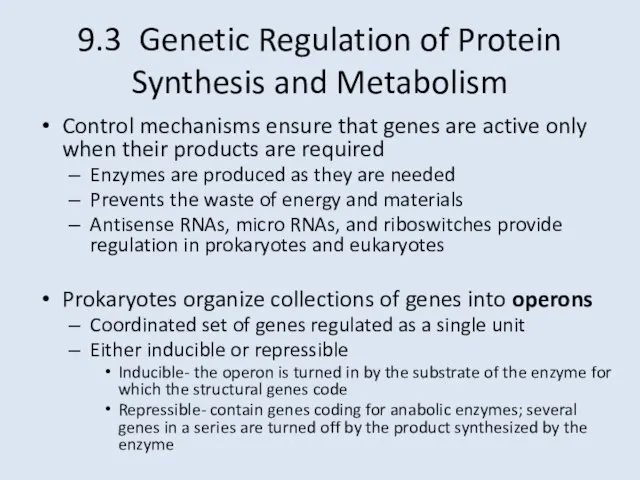
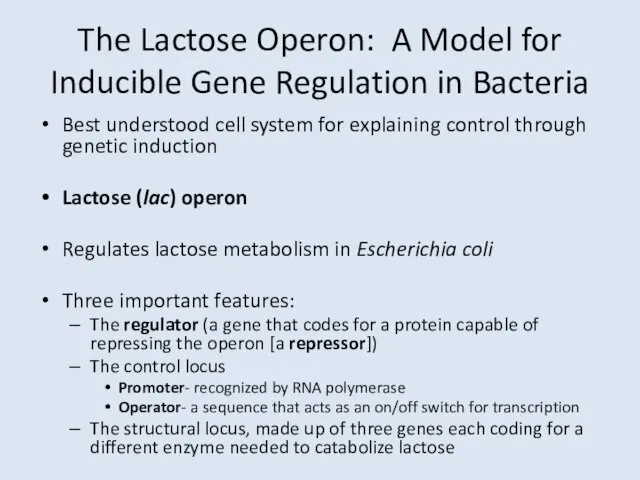
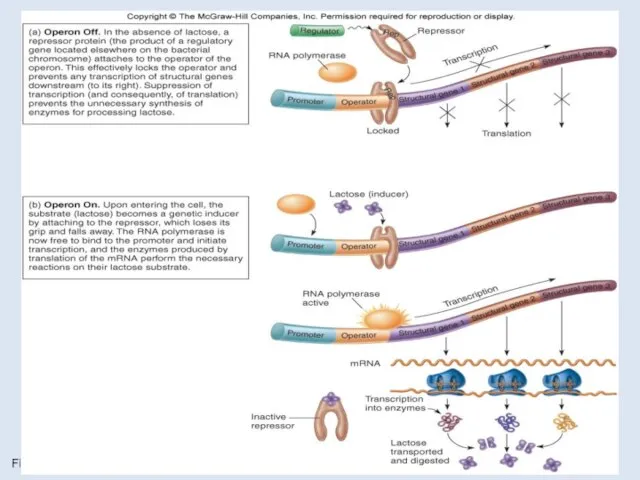
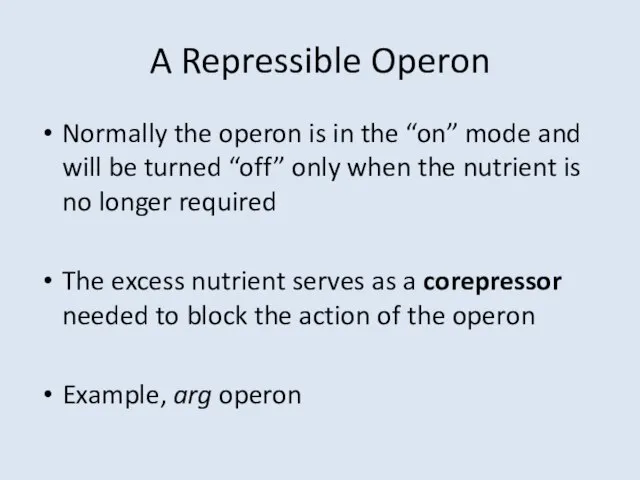
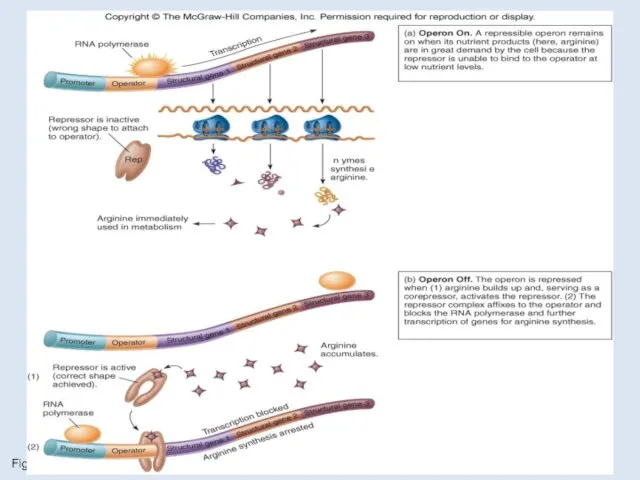
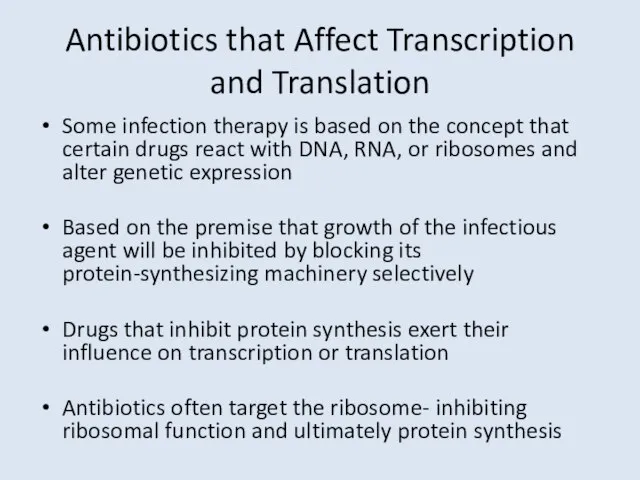
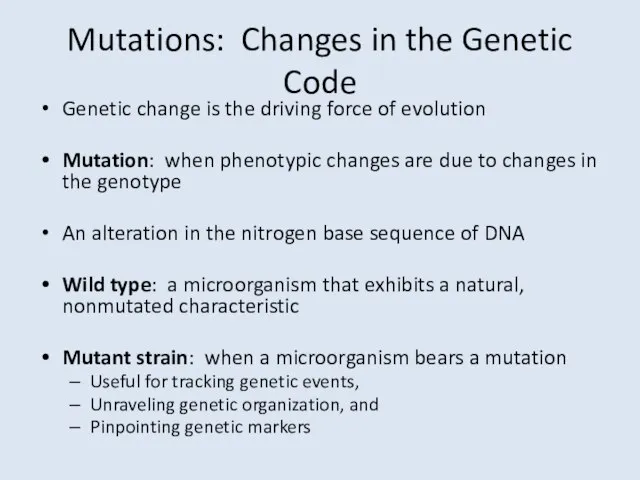
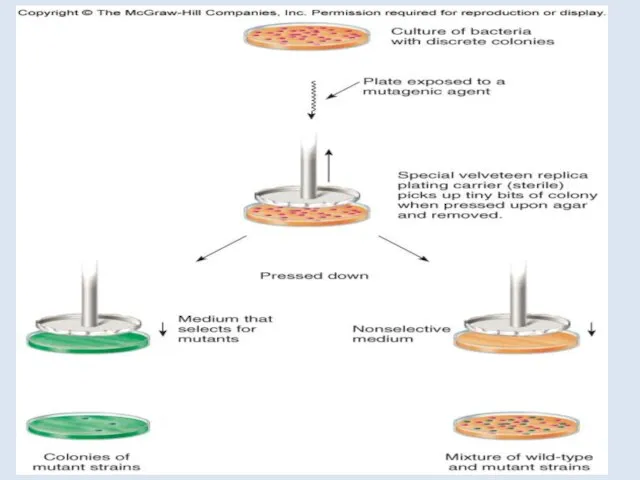
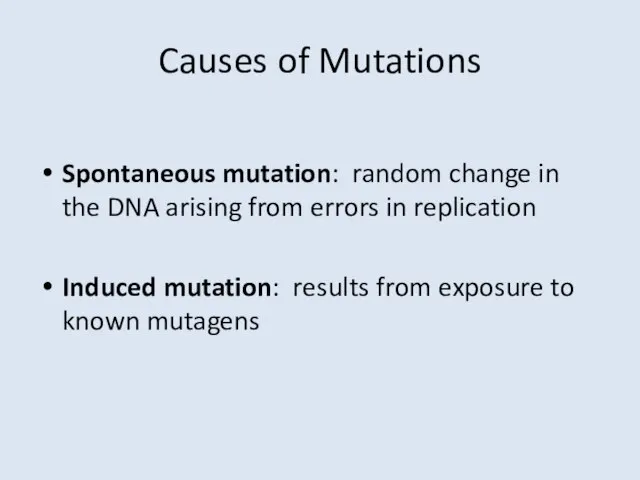
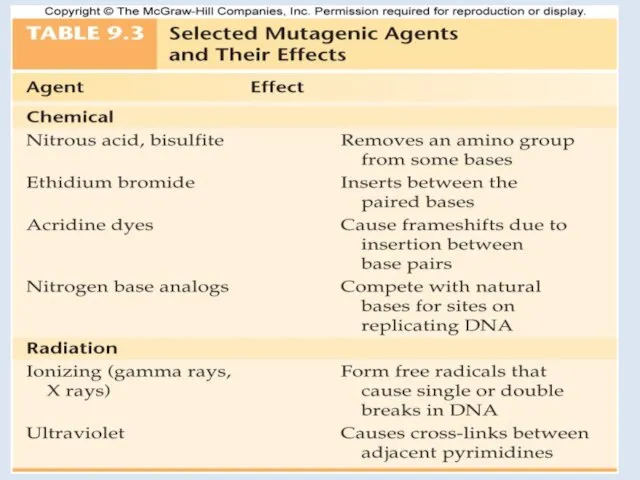
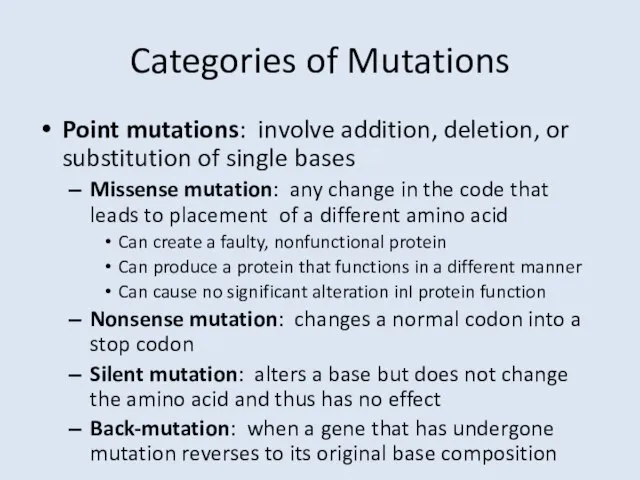
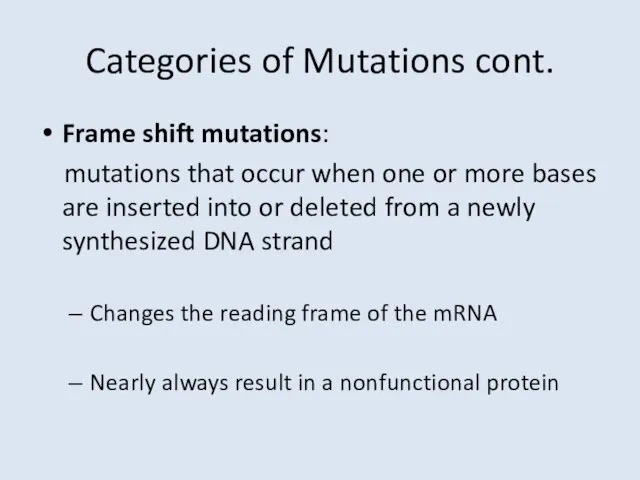
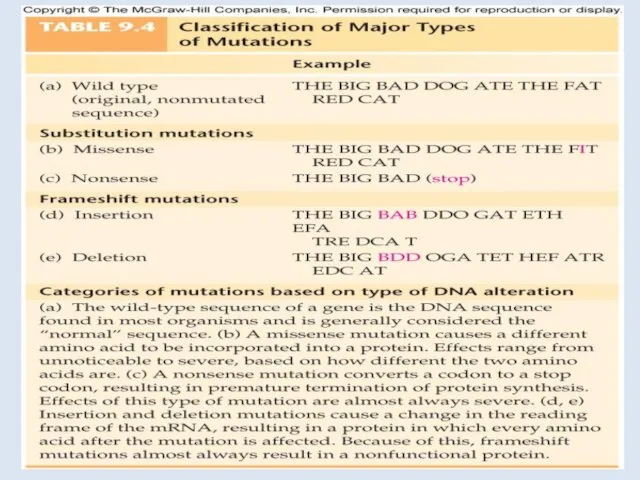
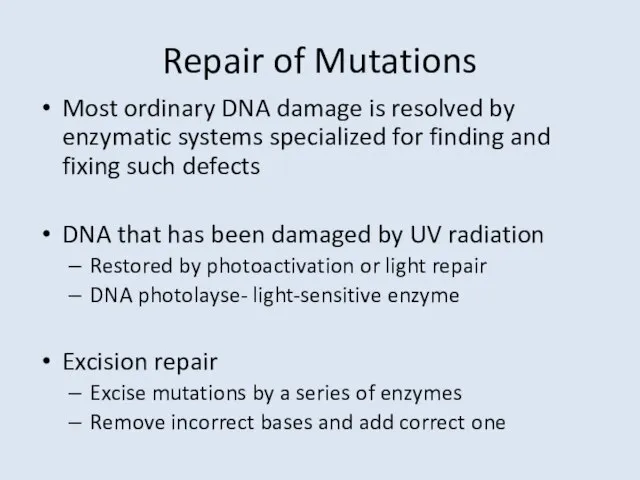

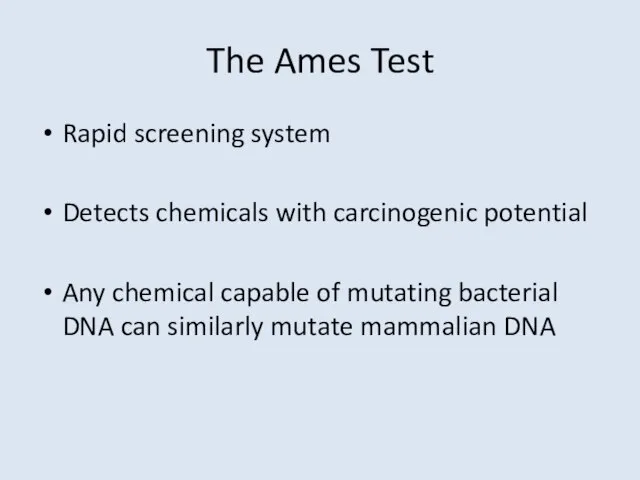
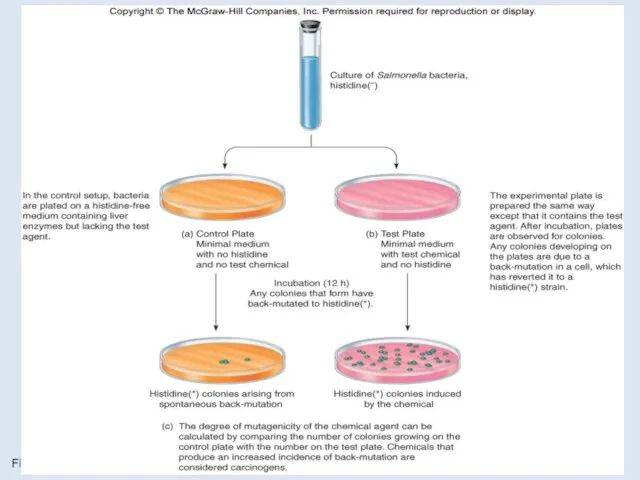
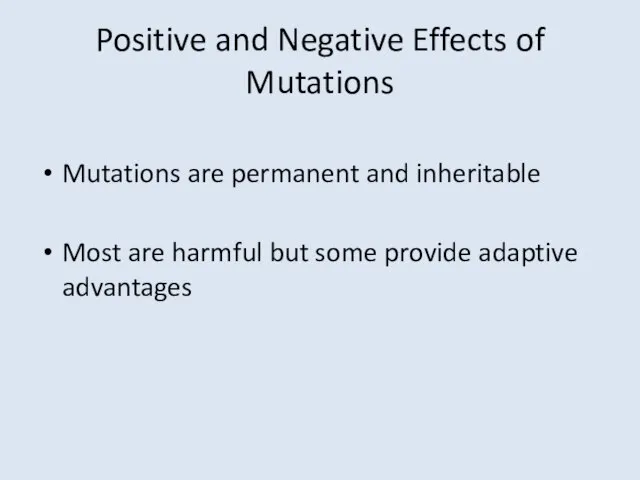
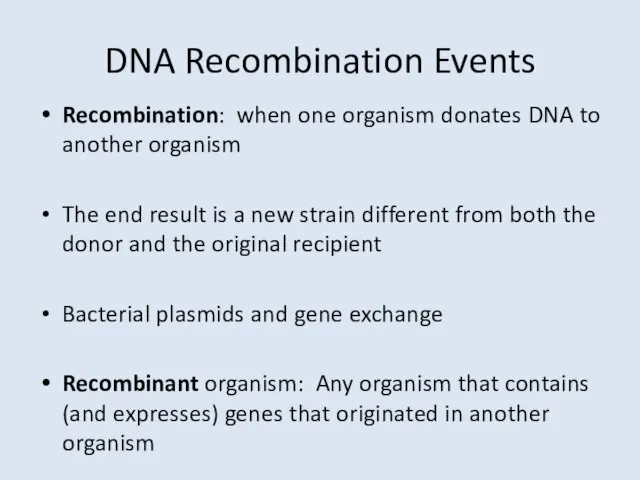
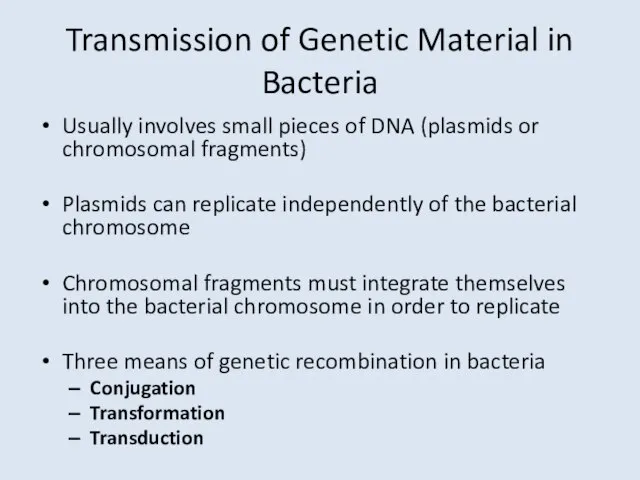
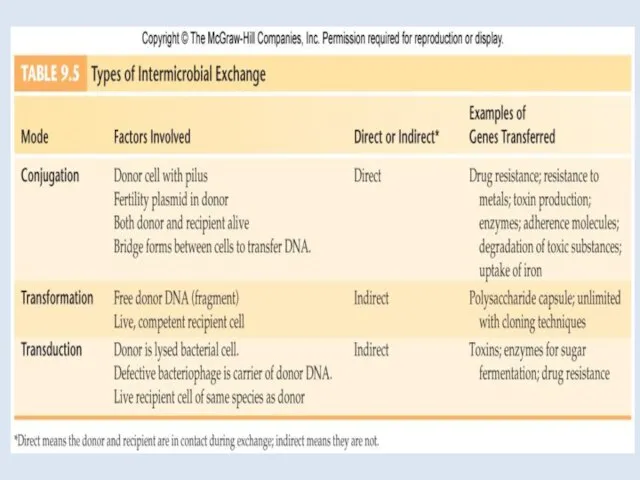
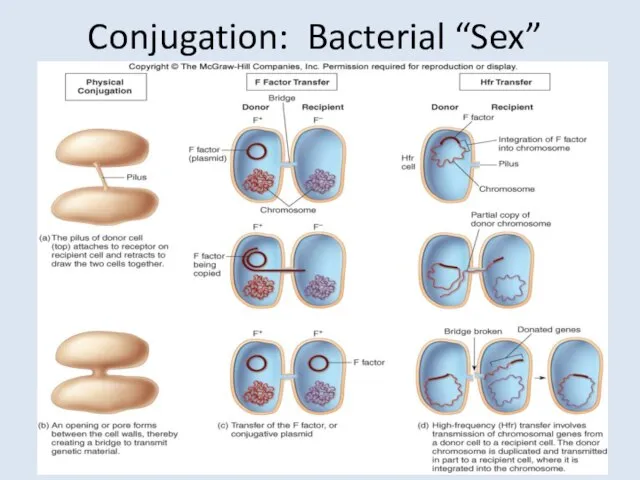
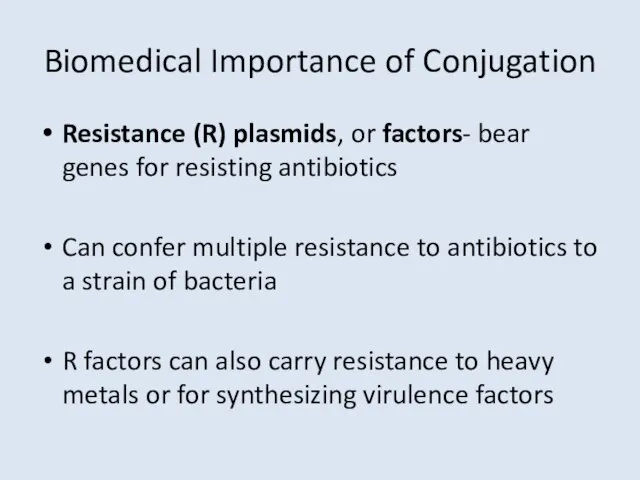
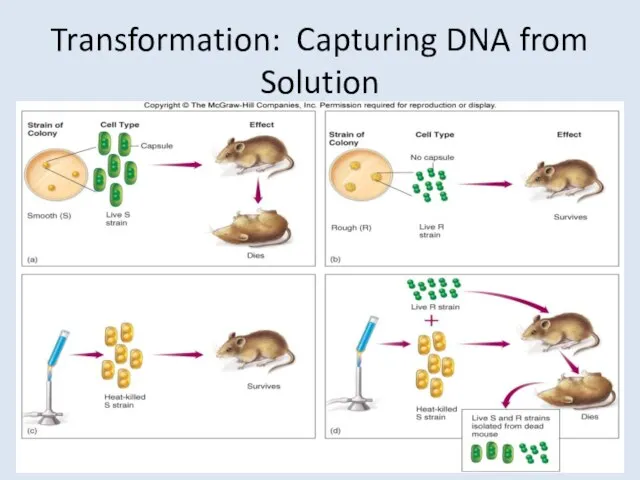
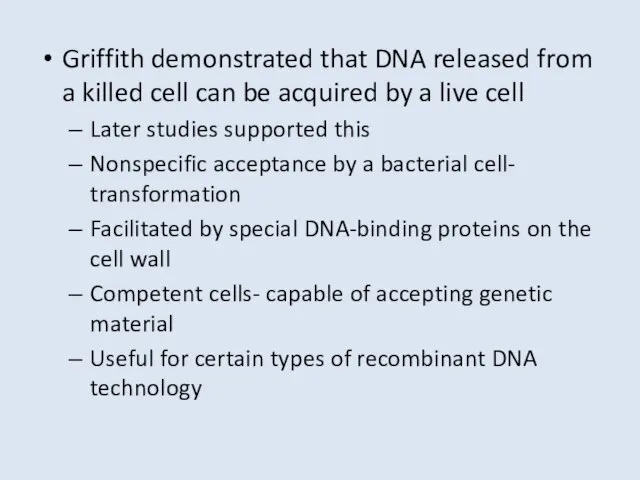
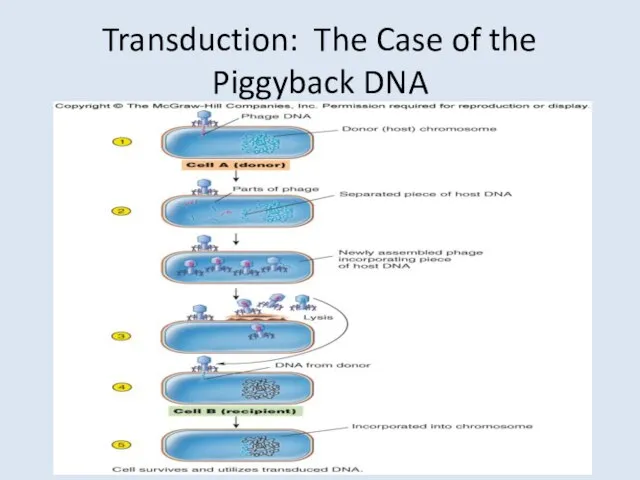
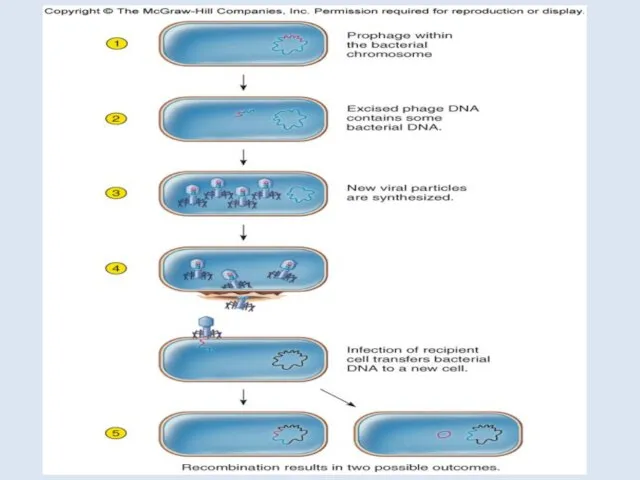
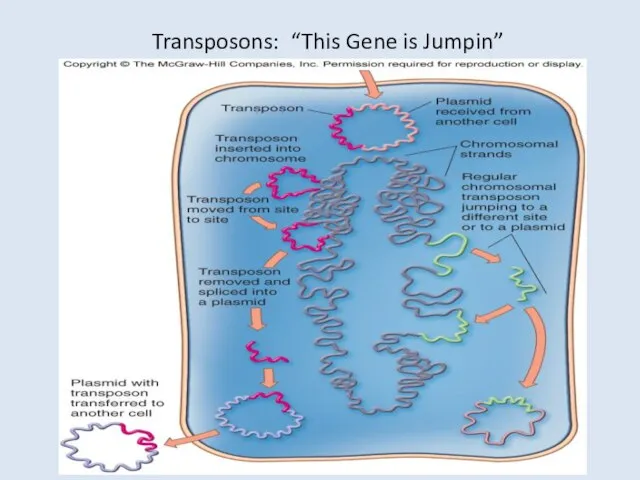
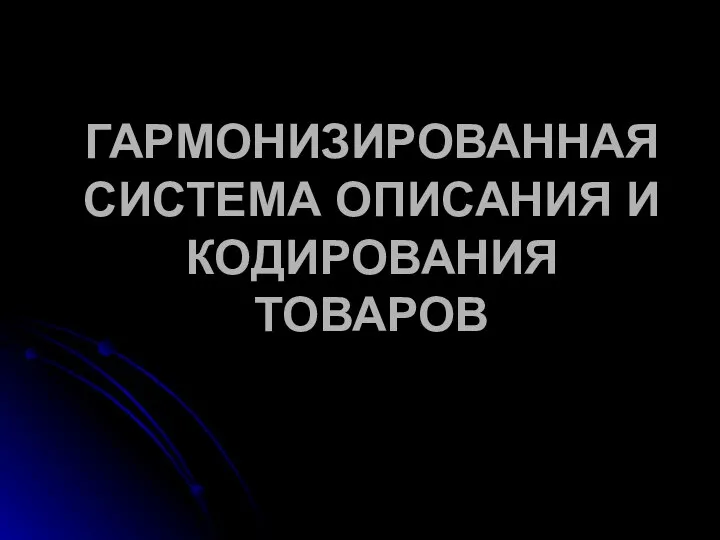 Гармонизированная система описания и кодирования товаров
Гармонизированная система описания и кодирования товаров Точка пересечения. Первая встреча
Точка пересечения. Первая встреча Короткое замыкание. Плавкие предохранители
Короткое замыкание. Плавкие предохранители ЭПЮР № 1 (построение в плоскости основания линий уровня). Линии уровня параллельны одной из плоскостей проекций
ЭПЮР № 1 (построение в плоскости основания линий уровня). Линии уровня параллельны одной из плоскостей проекций История кулинарии
История кулинарии Управление человеческими ресурсами
Управление человеческими ресурсами Группа 1 тема « История праздника Масленица и ее отражение в истории и литературе»в проекте « История народных праздников в литер
Группа 1 тема « История праздника Масленица и ее отражение в истории и литературе»в проекте « История народных праздников в литер Введение в параллельное программирование в системах с общей памятью
Введение в параллельное программирование в системах с общей памятью Презентация на тему РОМАШКИ
Презентация на тему РОМАШКИ  Развитие жизни на Земле
Развитие жизни на Земле  1
1 Проецирование геометрических фигур. Поверхности. Лекция № 3
Проецирование геометрических фигур. Поверхности. Лекция № 3 Экономические итоги Второй мировой войны в США и Западной Европе
Экономические итоги Второй мировой войны в США и Западной Европе Мода, культура и ты. Композиционно конструктивные принципы дизайна одежды
Мода, культура и ты. Композиционно конструктивные принципы дизайна одежды Инновации в строительстве
Инновации в строительстве Салазкин Сергей Сергеевич(1862-1932)
Салазкин Сергей Сергеевич(1862-1932) Определение «блага» и классификация
Определение «блага» и классификация Как тиха эта ночь... как прозрачна она!
Как тиха эта ночь... как прозрачна она! Рисование диких кошек
Рисование диких кошек Фразеологізми
Фразеологізми Художественные материалы
Художественные материалы Инновационные склады
Инновационные склады Мониторинг заработной платы работников государственных и муниципальных учреждений
Мониторинг заработной платы работников государственных и муниципальных учреждений Создание и продвижение промо видео, реклама, анимация, корпоративные фильмы. Er-production.ru медиа студия
Создание и продвижение промо видео, реклама, анимация, корпоративные фильмы. Er-production.ru медиа студия Тканевой обмен аминокислот
Тканевой обмен аминокислот Основные угрозы национальным интересам
Основные угрозы национальным интересам СРАВНИТЕЛЬНАЯ МИРОВАЯ ПОЛИТИКА
СРАВНИТЕЛЬНАЯ МИРОВАЯ ПОЛИТИКА Indication and Trends
Indication and Trends